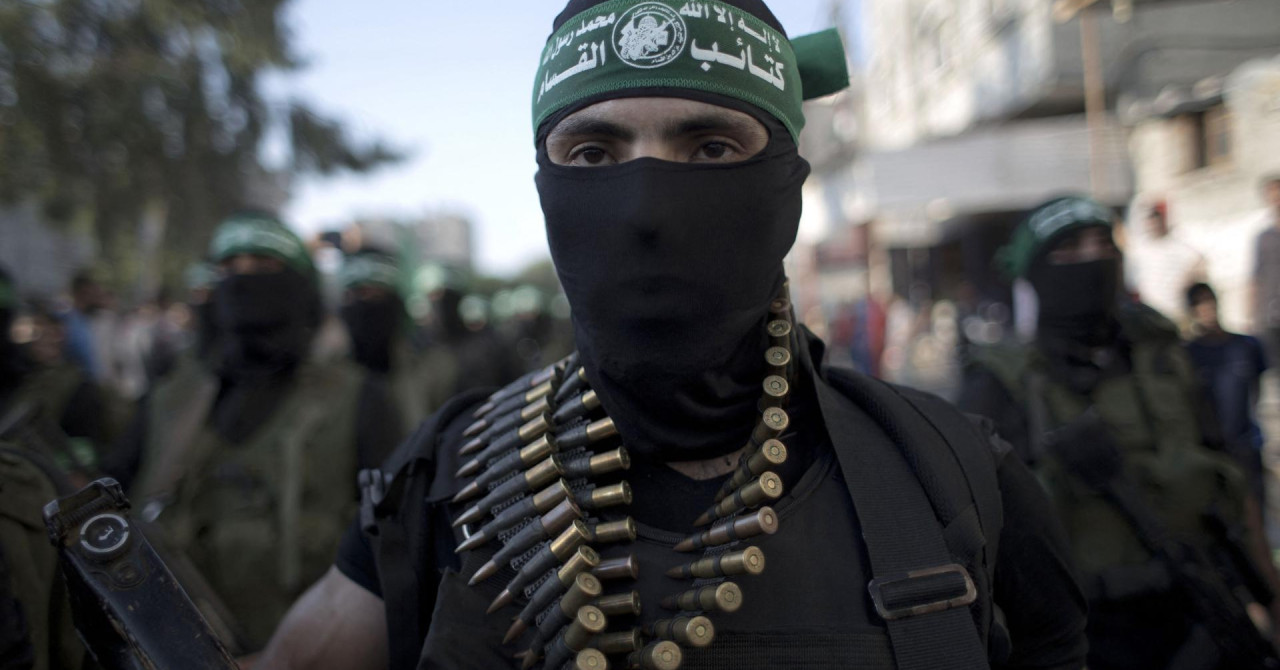The main topic of the reports concerns statements by Israeli Prime Minister Benjamin Netanyahu and other officials acknowledging that Israel uses armed Palestinian gangs in the Gaza Strip as allied forces in the fight against Hamas. These gangs, accused of stealing humanitarian aid and collaborating with Israeli forces, add an additional layer to the conflict in the region. The Israeli side claims the goal is to save Israeli soldiers’ lives and fight Hamas more effectively, while Palestinian Hamas and its allies label these gangs as traitors and accuse them of worsening the humanitarian crisis. Reports from various sources indicate an escalation of the conflict, with a high number of civilian casualties and humanitarian issues in the Gaza Strip. Protests and international pressure on Israel over military actions are also part of the broader conflict picture.
Political Perspectives:
Left: Left-leaning sources emphasize the humanitarian crisis in Gaza, highlighting the suffering of Palestinian civilians and criticizing Israel’s military actions and its use of armed gangs as exacerbating the conflict and worsening the humanitarian situation. They often frame the use of these gangs as a form of proxy violence that undermines Palestinian unity and increases civilian harm.
Center: Center-leaning sources report the facts of Israel’s strategy to use Palestinian gangs against Hamas, presenting statements from Israeli officials and reactions from Palestinian groups. They focus on the complexity of the conflict, acknowledging Israel’s security concerns while also noting the humanitarian impact and the accusations of human rights violations on both sides.
Right: Right-leaning sources tend to emphasize Israel’s security rationale for arming and supporting Palestinian gangs as a necessary measure to combat Hamas and protect Israeli soldiers. They often portray Hamas as the primary aggressor and justify Israel’s military tactics, including the controversial use of local armed groups, as legitimate defense strategies.
















